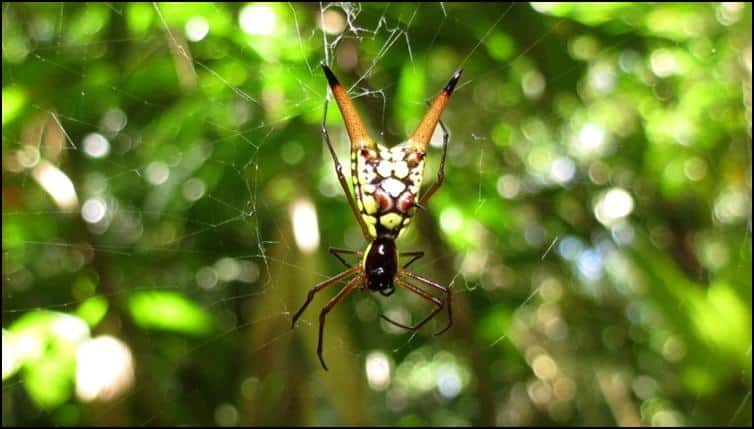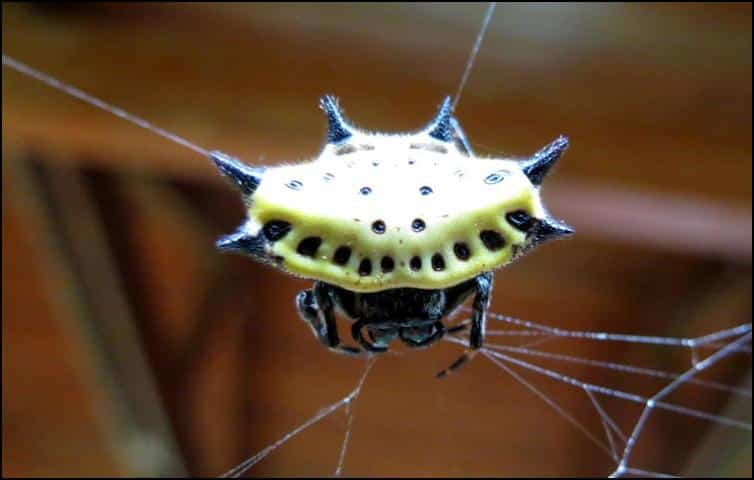This incredibly spiny animal is Spike, a female stick insect of a species which does not have a common English name but whose scientific name is Spinohirasea bengalensis, which I’m sure you’ll agree is a bit of a mouthful! This species originates from Vietnam in southeast Asia but my individuals have all been bred and hatched in my own collection:
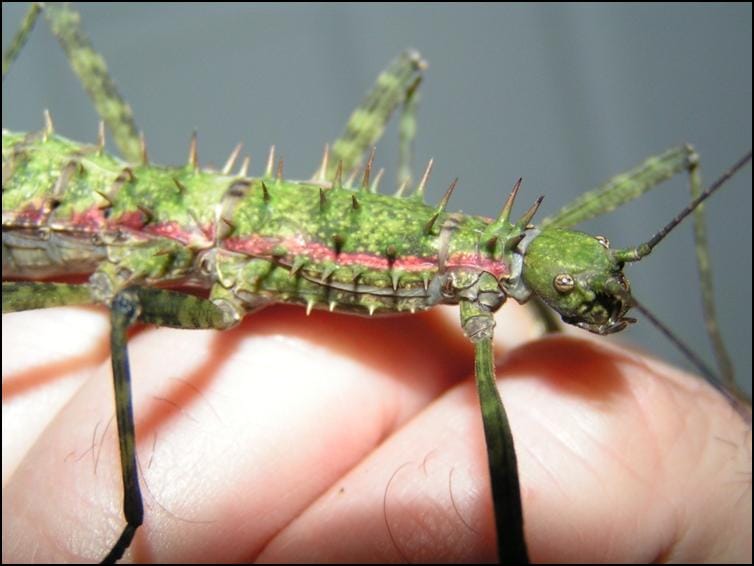
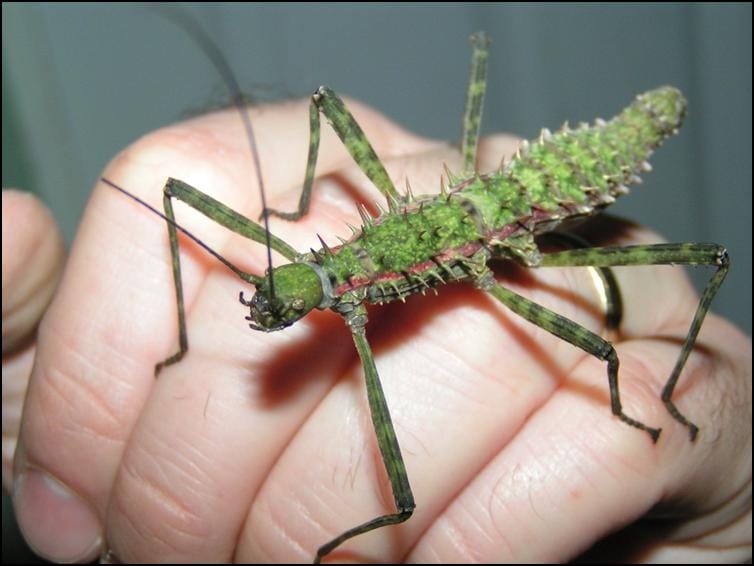
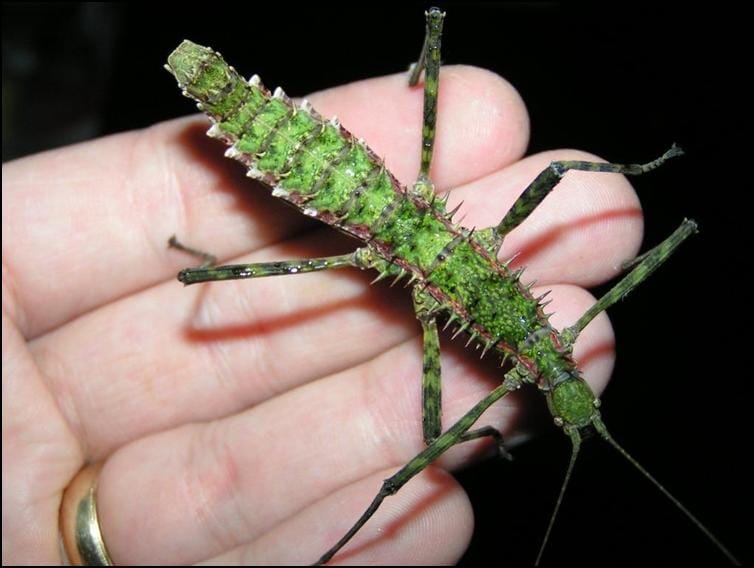
The sharp spines are used as protection against predators such as birds and lizards and they are surprisingly sharp for such a small animal!

This is a male, a significantly more slender creature than the female:

As well as being considerably more slender, males of this species are much smaller than the females overall as you can see below, with the tiny male sitting on top of the female!
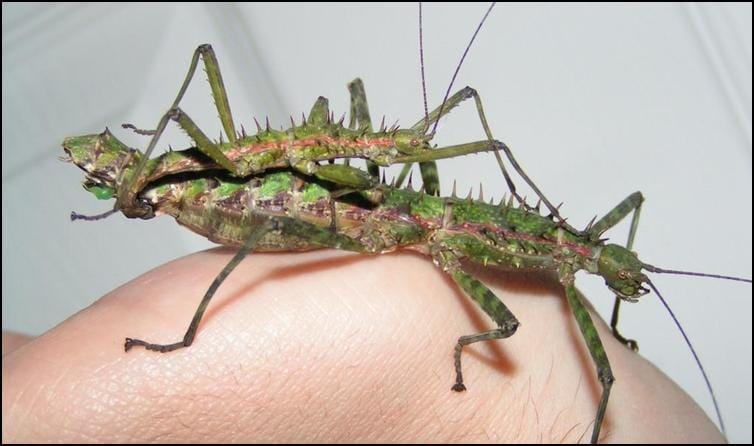
The eggs or ova of this species are amongst the roundest of all the stick insects, and as you can see below they look a little bit like tiny dried-out oranges!
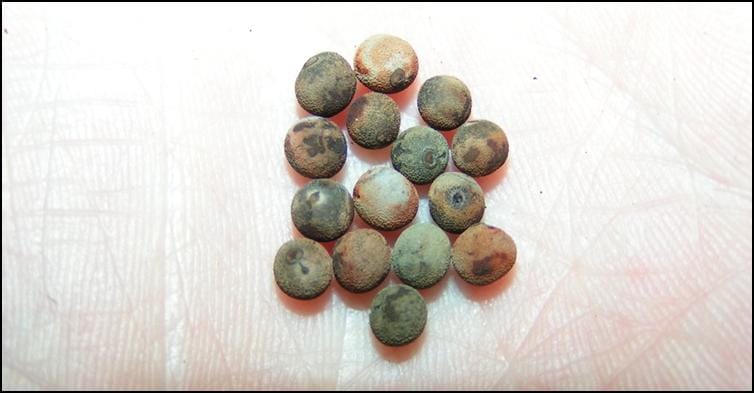
Young nymphs of this species are not at all green like their parents, instead being a dark brown colour. They are not nearly as spiny during the early stages of life either!
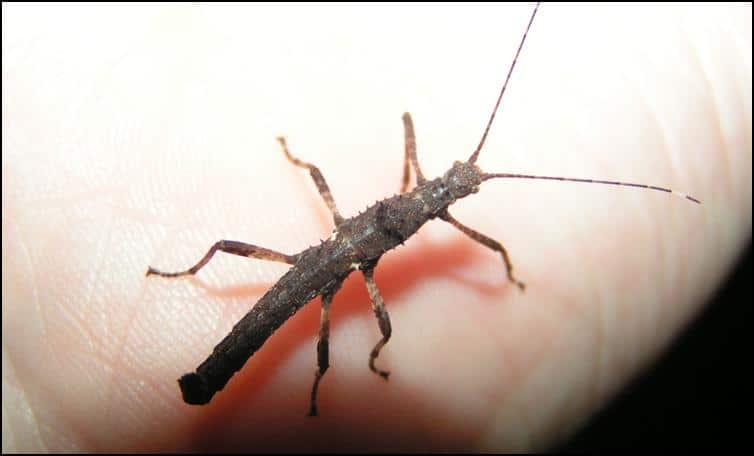
As they develop they become a lot more spiny but the green colouration doesn’t actually come until the very end of their life cycle!
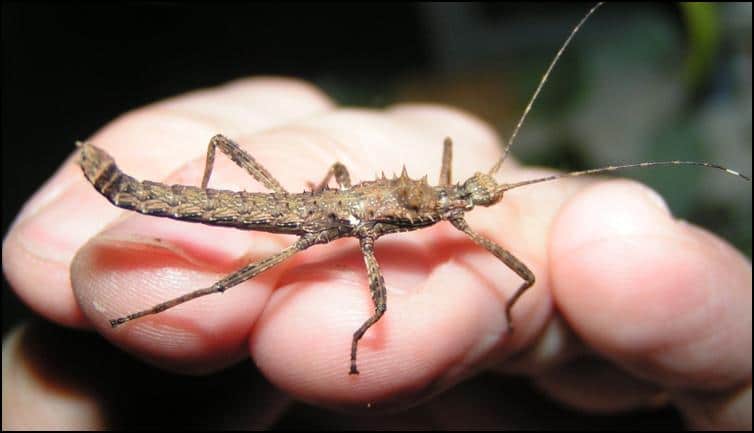
The sharp spines on these stick insects are undoubtedly used to protect them from predators. Whilst I was on my trip of a lifetime to Costa Rica in December 2013 I encountered many more animals which use similar types of spines to protect themselves from predators, these two species of spider being my favourites of them:
